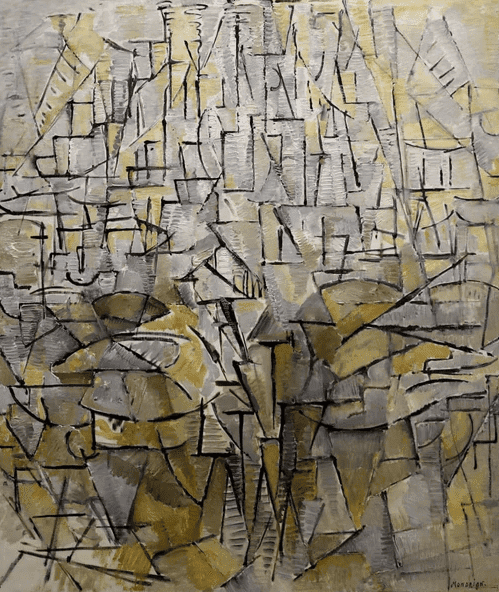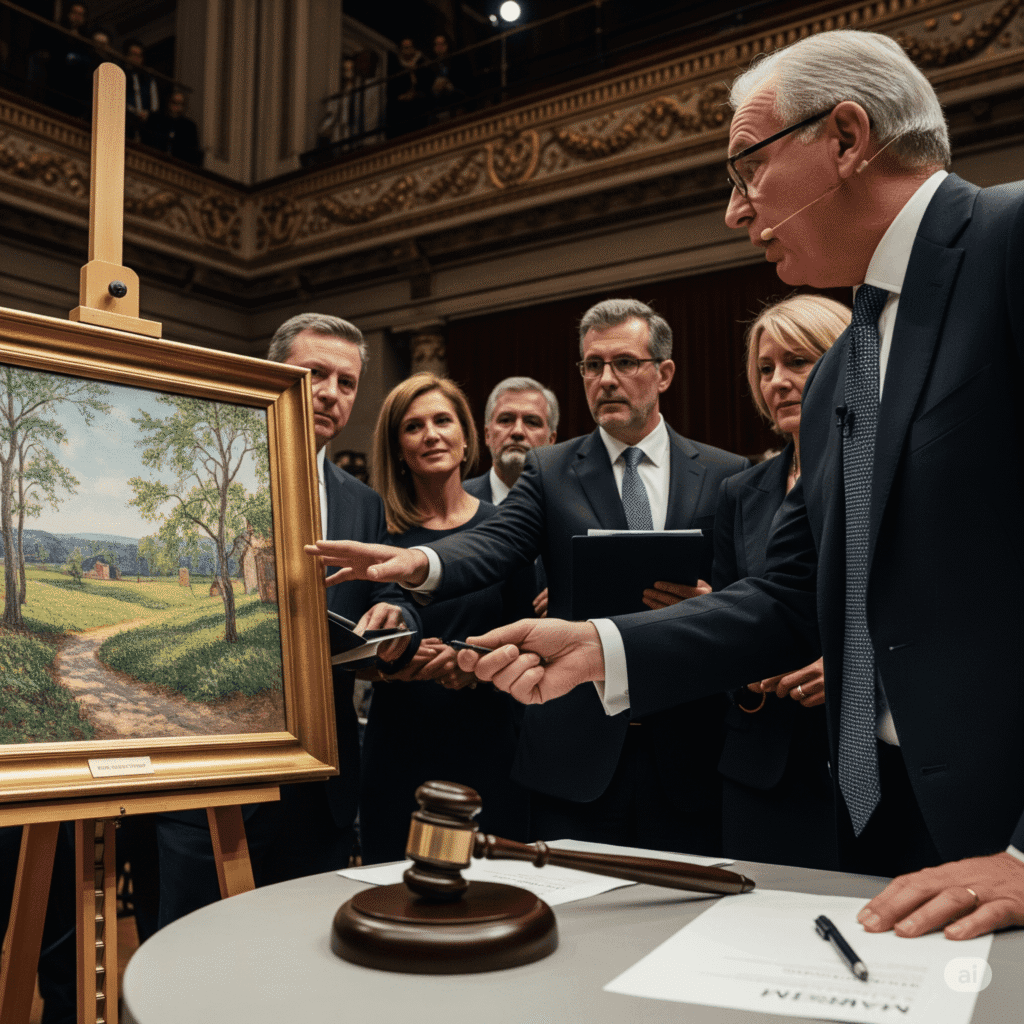The Rise of Digital Art: Most Expensive NFT Art Sales in History
Introduction
The digital revolution has dramatically transformed how we create, share, and experience art. From social media galleries to virtual museum tours, digital platforms have provided artists with new frontiers of exposure. But one innovation has taken the art world by storm more than any other: NFTs, or Non-Fungible Tokens. Once a niche concept understood by few, NFTs are now at the heart of the most expensive digital art sales in history.
In this blog post, we delve into the most expensive NFT art sales, analyze why they command such astronomical prices, and explore how the rise of digital art is reshaping the creative economy. Whether you’re an artist, collector, or enthusiast, this journey into the future of art is one you won’t want to miss.

Understanding NFTs: The Digital Art Game-Changer
At their core, NFTs are unique digital tokens recorded on a blockchain, usually Ethereum. Unlike cryptocurrencies such as Bitcoin, which are fungible and identical in value, NFTs are non-fungible, meaning each token represents something unique — like a specific piece of digital art.
This uniqueness is what has catapulted NFTs into the spotlight. By minting a digital file as an NFT, artists can prove authenticity and ownership — two concepts that were nearly impossible to enforce in the pre-NFT digital world. Buyers, in turn, receive not just the file but a cryptographic token that signifies ownership. This concept revolutionized the idea of collecting and trading digital artworks, leading to a surge of interest from collectors, institutions, and investors alike.
Why Are NFTs So Valuable?
To the uninitiated, paying millions of dollars for a JPEG might sound absurd. But the value of NFT art lies not just in the image itself but in what it represents: ownership, provenance, and cultural relevance.
Here are key reasons why some NFT artworks have fetched sky-high prices:
- Scarcity and exclusivity: Most NFTs are one-of-a-kind or part of a very limited series.
- Provenance: The blockchain ledger verifies and transparently records ownership history.
- Cultural impact: Many NFTs capture internet or social media trends, increasing their relevance.
- Community and hype: NFT projects often build strong followings, adding social value to ownership.
- Investment potential: Like rare physical art, high-profile NFTs can appreciate in value rapidly.
The intersection of technology, creativity, and market speculation has created the perfect storm for digital art to flourish — and command historic prices.
The Most Expensive NFT Art Sales in History
The following NFT sales have stunned the global art market, not just for their price tags but for what they represent: a new paradigm in artistic expression.
1. Everydays: The First 5000 Days by Beeple – $69.3 Million
The most expensive NFT art ever sold is also one of the most iconic digital creations. Everydays: The First 5000 Days is a monumental collage by digital artist Beeple (real name: Mike Winkelmann), compiling 13 years of daily digital artwork. It was sold by Christie’s in March 2021 for a jaw-dropping $69.3 million.
This sale marked the first time a major auction house handled an NFT and propelled Beeple into the stratosphere of top-selling living artists, standing alongside David Hockney and Jeff Koons.
Explore more at Christie’s
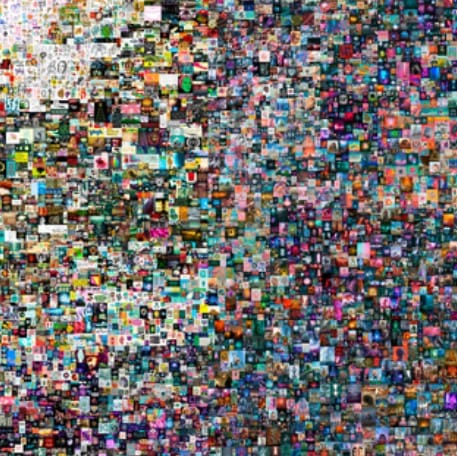
2. Clock by Pak and Julian Assange – $52.7 Million
This NFT is a powerful blend of art and activism. Created by anonymous digital artist Pak in collaboration with WikiLeaks founder Julian Assange, Clock is a dynamic NFT that counts the days since Assange’s incarceration. It was purchased in 2022 for 16,953 ETH (approximately $52.7 million) by a decentralized collective called AssangeDAO.
The artwork’s value lies in its symbolism and the social movement it represents — a prime example of NFTs being used as tools for political messaging and community action.
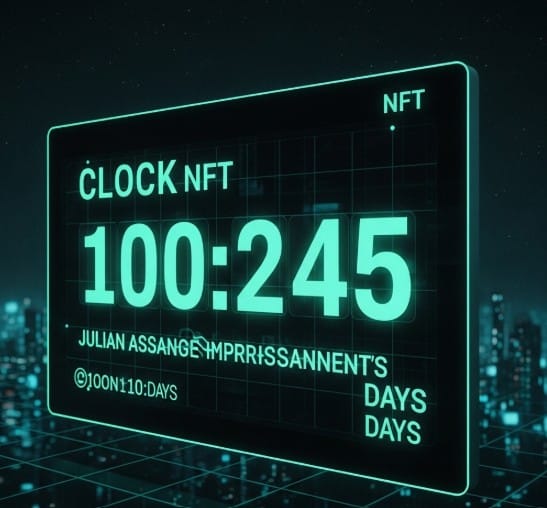
3. Human One by Beeple – $28.9 Million
Another Beeple masterpiece, Human One is unlike any previous NFT — it’s a physical-digital hybrid artwork. Presented as a seven-foot-tall box displaying an endless video loop of a space traveler, the piece evolves over time as Beeple continues to update it remotely.
It sold at Christie’s for $28.9 million in November 2021 and represents the future of immersive, ever-changing digital art.
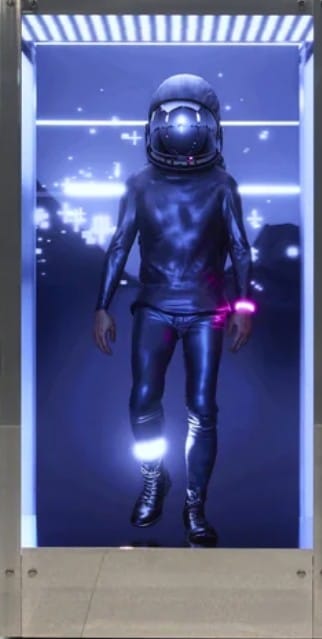
4. CryptoPunk #5822 – $23.7 Million
The CryptoPunks series, developed by Larva Labs, is considered foundational to the NFT movement. Among them, CryptoPunk #5822 — featuring a rare alien with a blue bandana — fetched a record $23.7 million in February 2022.
This sale solidified CryptoPunks as cultural icons of the NFT world, owned by celebrities and crypto billionaires alike.

5. TPunk #3442 – $10.5 Million
Sometimes dismissed as a derivative project, TPunks are NFTs on the Tron blockchain. Yet TPunk #3442, resembling The Joker, shocked the market when it was purchased by Tron founder Justin Sun for $10.5 million.
While not as universally recognized as Ethereum-based NFTs, TPunks show how blockchain alternatives are creating their own high-value ecosystems.

NFT Art vs. Traditional Art: A Paradigm Shift
What sets NFT art apart from traditional fine art?
- Accessibility: Anyone with internet access can view, buy, or sell digital art.
- Decentralization: No need for galleries or agents — creators connect directly with buyers.
- Ongoing royalties: Artists can earn a percentage every time the NFT is resold.
- Dynamic content: Some NFTs evolve over time or respond to real-world data.
These advantages are reshaping not only how we think of art but who gets to participate in the art market.
The Indian Art Scene: Embracing NFTs and Digital Platforms
India has long been home to vibrant, traditional art forms — from Madhubani and Pattachitra to Mughal miniatures and temple murals. But today, a growing number of Indian artists are exploring digital formats, creating NFTs that bring contemporary Indian perspectives to a global audience.
At ISKUSS, we recognize this blend of innovation and tradition. Our platform is dedicated to promoting global artistic expression while spotlighting the depth of heritage. Whether you’re a seasoned collector or a first-time buyer, ISKUSS offers a curated experience rooted in authenticity and vision.
Criticisms and Concerns: Is the NFT Bubble Real?
Like any innovation, NFTs aren’t without controversy. Critics often cite:
- Environmental impact: Early NFT transactions relied on energy-intensive blockchain systems. (Note: Ethereum’s move to proof-of-stake has significantly reduced this concern.)
- Speculation and volatility: NFT prices can fluctuate wildly, leading to concerns about a speculative bubble.
- Plagiarism and fraud: Some artists have seen their work tokenized and sold without permission.
These challenges must be addressed through better regulation, ethical platforms, and education — all of which are now gaining momentum.
Future Trends in NFT and Digital Art
Looking ahead, the digital art landscape is poised for rapid evolution. Key trends to watch:
- Integration with AR/VR: Artists are already building virtual exhibitions in the metaverse.
- Generative AI art: Platforms like Art Blocks are producing algorithmic masterpieces.
- Dynamic NFTs: Art that changes in response to time, weather, or user behavior.
- Carbon-neutral blockchains: Eco-conscious artists are choosing sustainable networks for minting.
The question isn’t whether NFTs will survive — it’s how they’ll grow, adapt, and influence the next generation of creatives.
Conclusion
The emergence of NFTs has opened a portal to a new artistic dimension — one where code, creativity, and community intersect. The most expensive NFT art sales we’ve explored are more than just headlines — they’re signposts pointing toward the future of art ownership and appreciation.
As we continue to navigate this digital frontier, platforms like ISKUSS serve as bridges — connecting legacy with innovation, and culture with commerce. Whether you’re creating, collecting, or simply exploring, there’s never been a more thrilling time to engage with the art world.
